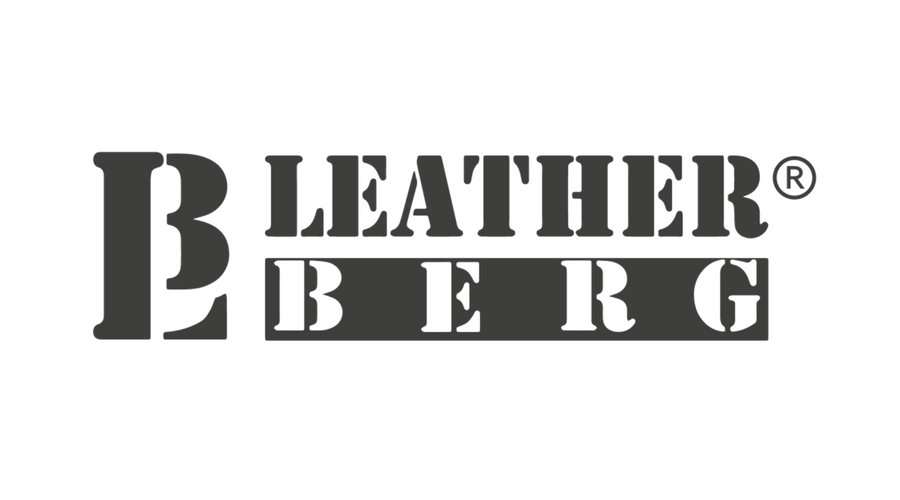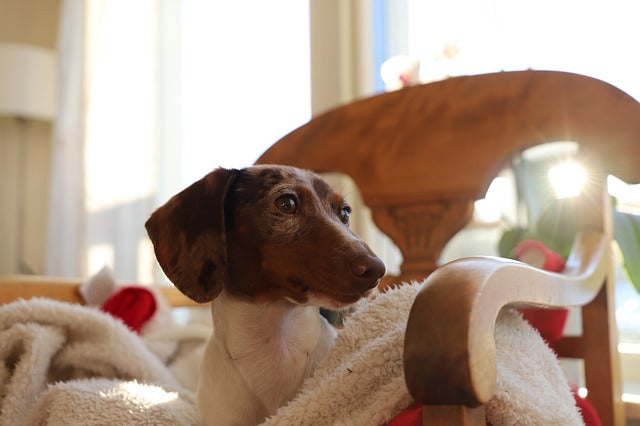As dog owners, we all have this fear that our dog won’t play nice with other dogs. Of course, alongside this fear is the dream of finding our dog a fun companion they can run around with in the backyard. Let’s be honest, there’s nothing more adorable then two dogs being best friends. However, it takes work for dogs to become friends and that’s why it’s important to make sure you let the dogs meet each other slowly.
Often, dog owners will just throw both dogs in the backyard and let the dogs work it out themselves. Sadly, this can lead to the very thing every dog owner fears: your dog being hurt. After all, you need to respect your dog’s need to protect you and their home when introducing them to another dog. In order to do this, they’re certain steps you can follow to improve the chance an interaction between the dogs will go well.
Find a Neutral Ground

First, you should take the dogs to an enclosed neutral ground like a neighbor’s yard or a field with a fence for their first meeting; somewhere that neither dog feels the need to protect. Once you find a neutral territory, take them on a walk around the area and let them get used to each other’s presence. It’s important to keep at least 10 feet between the dogs during the walk. This will allow them to get used to each other without either dog feeling too overwhelmed. The 10 feet will act as a buffer zone between the dogs compensating for each dog’s need to feel protective of the person holding the leash.
If you do have the dogs meet inside their homes first, it could lead to a disaster and ruin the chances the dogs will ever get along. Similar to humans, first impressions really matter in these interactions.
Let the Dogs Meet on Their Own Terms
Next, you want to keep the dogs on the neutral ground and have the dogs greet each other with their leashes dragging. During this time, it’s important to avoid closely confined spaces like gates, or doorways. Basically, make sure you let them meet in the middle of the field rather than close to the fence. This will make sure neither dog will feel cornered and snap out of fear when they’re introduced. The dragging leash will allow the dogs to meet without them being hyper-aware of their owner’s presence. In other words, it will allow the dogs to meet each other on the same terms. It’s critical to break this interaction into a series of short sessions; every couple minutes call them away for a break. You don’t want them to get too intense with each other and feel the need to assert their dominance. If one dog does start to get over-aggressive, you can help out by saying something like “Hey, cut it out”. It will discourage this behavior from continuing and make the interaction more likely to be a positive experience for both dogs. If you want to know how the interaction is going, they’re certain body language indicators that will hint to where the meeting is heading.

Interacting at Home
If they passed the neutral ground test, it’s time to bring them to your house. However, it’s still important to make sure they’re separated on the trip home: separate crates, cars, or keeping their respective distances on the walk. After all, you don’t want to create any unnecessary stress for either dog.
Once at the house, let the resident dog into the backyard first, while putting the new dog in the house. The new dog will get acclimated, while, giving you an opportunity to remove any items that the resident dog will feel protective over like food bowls, bones, toys, etc.
Now, it’s time to bring the resident dog inside. Make sure to watch the resident dog carefully because bringing a new dog into a home can cause a negative reaction from the resident dog. If a negative reaction does happen or it seems tension is building, separate them quickly and try again later. Remember, it’s important to keep the interactions short and tension free to ensure a greater chance of them becoming best friends.
If you plan on feeding or giving treats to both dogs during the house visit, make sure they’re separated for the time being. It’s important to remove any stressors from the environment around the dogs. Once they’re good friends, then you can try doing the adorable things pup friends do like eating together or doing tricks side by side.
- Puppy Disclaimer: If you’re introducing a puppy to your adult dog, you can still follow these steps, but keep in mind puppies have a lot of energy. It would be ideal to provide more frequent breaks between your dog and the puppy to counter their high energy; the puppy’s relentlessness can annoy some older dogs causing them to snap.
Go Find Your Dog’s New Best Friend
Now, that you and pup are ready, go find them that best friend to chase around the yard. It will provide you both with a great source of happiness and fun!













